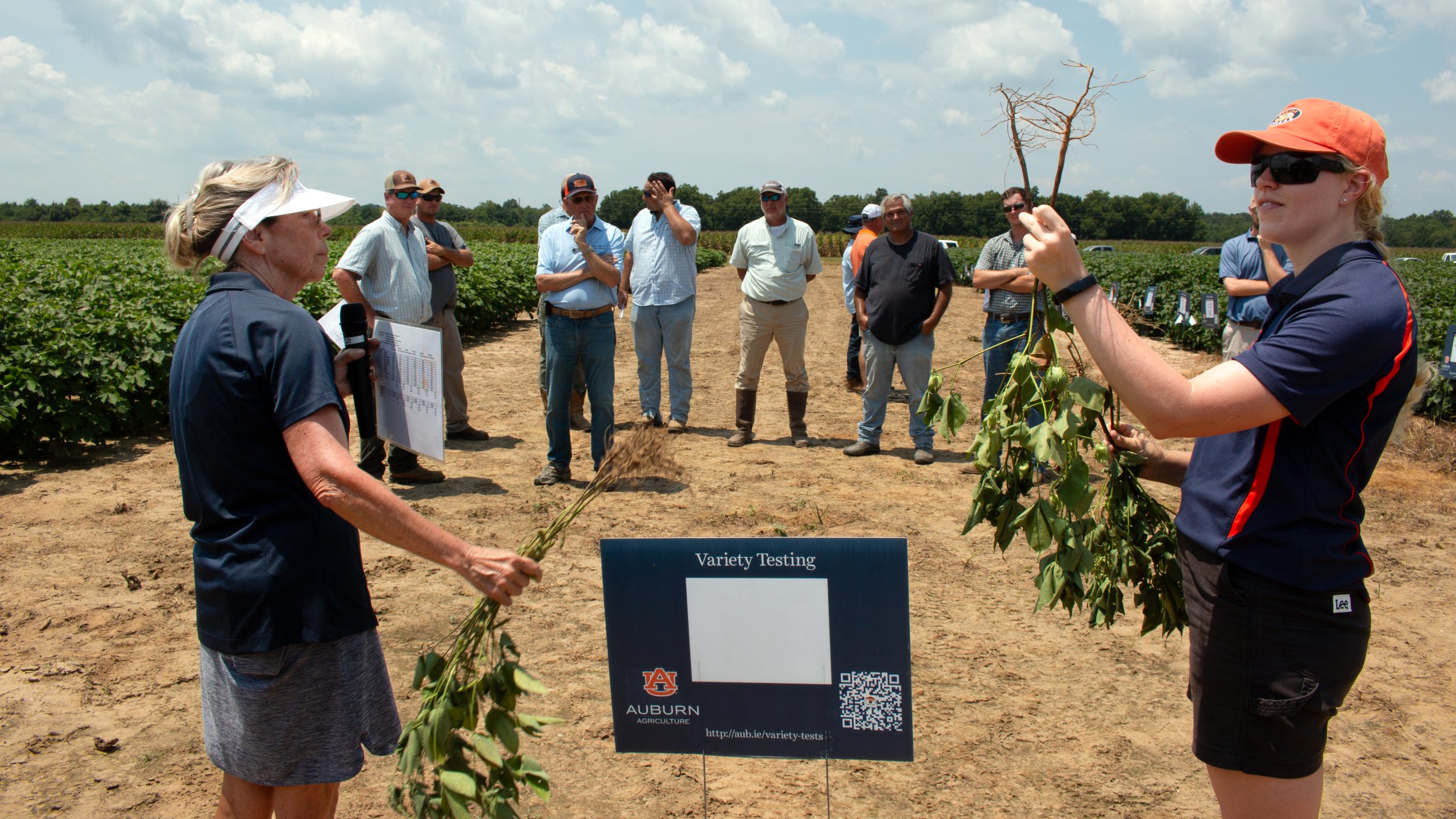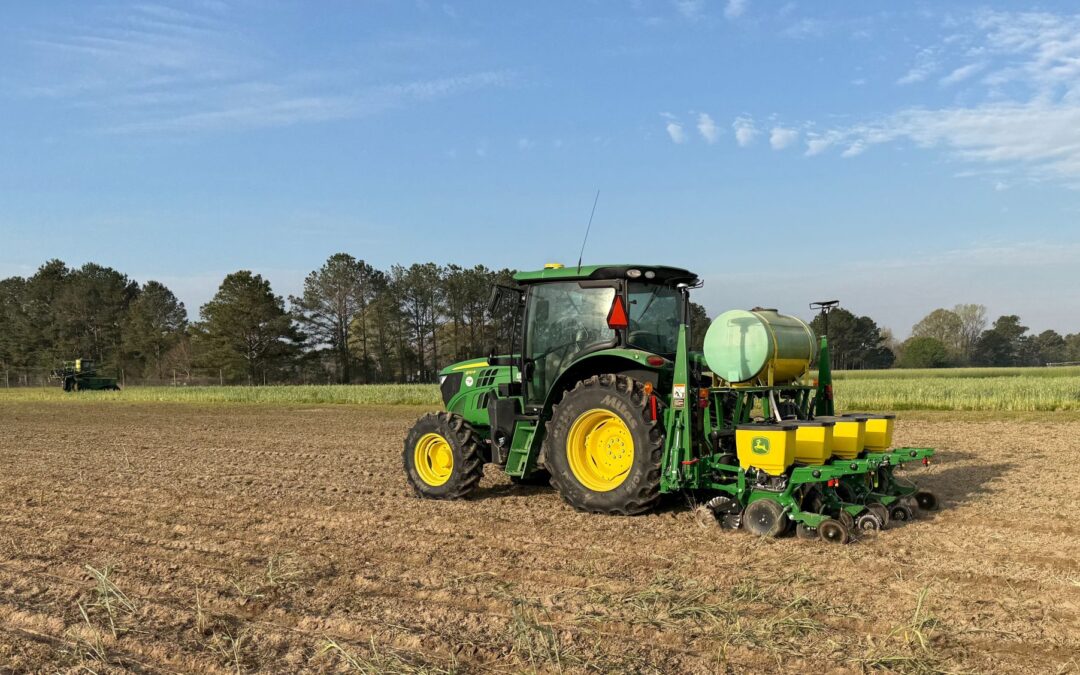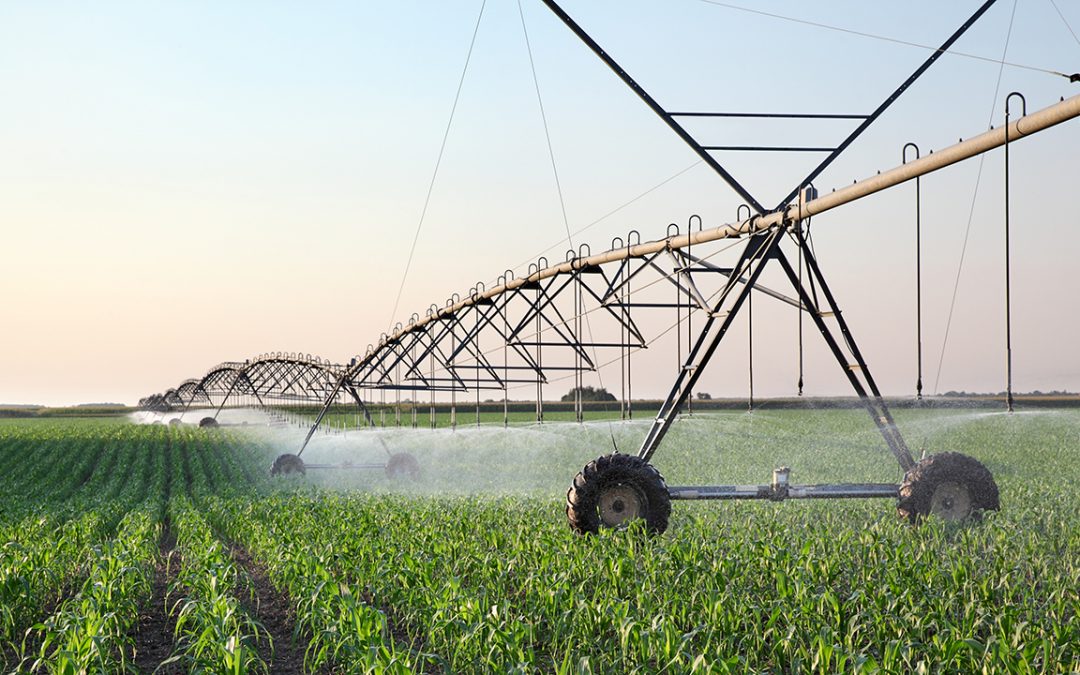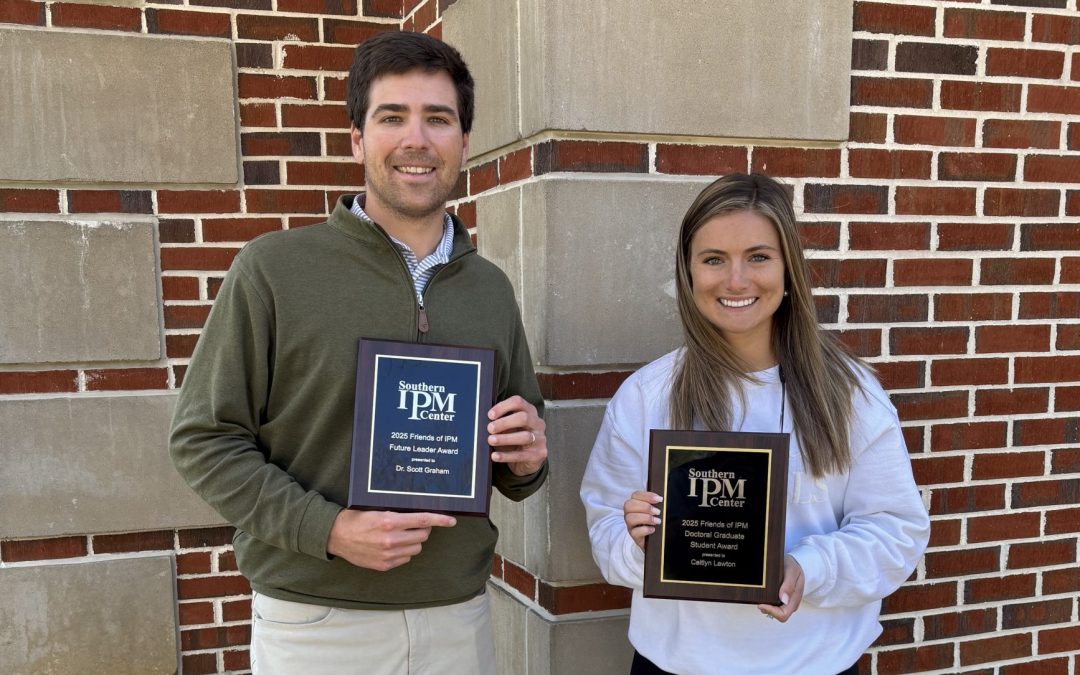Farmers have a hard enough time battling the pests they can see. The ones they can’t see — like plant parasitic nematodes — present another challenge altogether.
These worm-like, sometimes microscopic animals are major agricultural pathogens that attack Alabama crop plants, causing economic yield losses, said Kathy Lawrence, College of Agriculture professor in the Department of Entomology and Plant Pathology and researcher with the Alabama Agricultural Experiment Station (AAES).
Lawrence and fellow researchers are exploring ways to minimize nematode losses in trials being conducted at AAES research centers and units located throughout the state.
The plant parasitic nematodes that are most prevalent in Alabama are the southern root knot nematode Meloidogyne incognita, the peanut root knot nematode Meloidogyne arenaria, and the reniform nematode Rotylenchulus reniformis, Lawrence explained.
“The southern root knot nematode attacks cotton, soybean, corn and small grain crops as well as all the vegetables,” she said. “The reniform nematode attacks cotton primarily but also soybean and many vegetable crops including sweet potatoes.
“The peanut root knot is primarily a problem on peanuts but can attack soybeans and corn. Also, we do have the soybean cyst nematode Heterodera glycines, but it is not as sever a problem due to the crop rotations we have in our region. The soybean cyst is common in soybean fields but does not feed on cotton or corn, so our rotations have managed this nematode pest.”
There have also been problems with the stubby root nematode Trichodorus spp. in corn, Lawrence said, but that nematode seems to be a problem in corn when there is a cool moist spring which has occurred in the last few years.
On average, cotton yield losses due to the reniform nematode are at approximately 15%. In plots at the Tennessee Valley Research and Extension Center (TVREC) in North Alabama, losses as high as 50% of total yield have been documented.
“The reniform nematode is an economic tragedy with the possibility of reducing a grower’s profitability by half,” she said.
During the recent Central Alabama Crops Tour, on a stop at the E.V. Smith Research Center in Shorter, Lawrence described the research being done to document the benefit of planting cotton varieties that are resistant to nematodes. Interestingly, there is consistently a benefit in yield when adding a nematicide to the resistant varieties as well.
“Resistant varieties are an excellent option for nematode management,” she said. “In the last few years, we now have cotton varieties with genes for resistance to root knot nematode and the reniform nematode. Currently, there are at least 10 cotton cultivars for our region with one or three genes for resistance to root knot nematode available through Corteva Agriscience, Bayer and BASF. Those varieties have doubled cotton yields in reniform fields.”
In addition to the variety trials at E.V. Smith, other cotton variety trials are grown at TVREC in North Alabama where the reniform is found and at the Gulf Coast Research and Extension Center in Fairhope in root knot fields. Root knot trials also have been planted at the Plant Breeding Unit on the Auburn campus.
“The Cotton Commission has been very supportive over the years with funding to keep the tests going,” Lawrence said. “Brad Meyer and Drew Schrimsher — both Auburn alumni — with Greenpoint Ag also have supplied the cotton variety seeds. We appreciate all their support.”
Nematodes also can be impacted by cultural practices, weather and planting dates, Lawrence said.
“Moist springs are very beneficial to nematodes, with their populations growing exponentially with optimum moisture,” she said. “If we can provide protection with resistant varieties and nematicides for the first 40 days, then the crop has time to establish a root system large enough to support the crop for the remaining season.”
Planting when the soil is moist and warm will allow seeds the best opportunity to germinate and grow quickly, she said. “We plant our cotton variety trials in May, usually in the first two weeks of the month as the weather permits.”
Cultural practices also affect nematodes, she said.
“Any practice that increases organic matter in the soil reduces nematode problems. However, increasing organic matter takes time — a matter of years. There is never a perfect answer. No-till does not disturb the root systems which allows the nematodes to survive over the winter months. Tillage will disturb the nematode and kill off 75% for the next season, but the tillage also will spread the soil and nematodes across the field. Cover crops can improve organic matter and nutrient content of the soil, but many of the clovers are good host for the nematodes as well and can keep nematode numbers high in the spring.”
A system of Integrated Pest Management, or IPM, is the best option for minimizing damage from nematodes, Lawrence said.
“Cultivar is the first decision and is very important,” she said. “The addition of a nematicide — which usually is available as a seed treatment — and which nematode depends on the cotton variety being planted.”
Crop rotation also will keep nematodes populations lower, Lawrence said. Even when rotating from cotton to corn to wheat and then soybeans will change the food source and disrupt the nematode numbers for the southern root knot nematode.
“All of those crops are hosts, but changing host keeps nematode numbers lower than continuous cotton,” she said. “Of those crops, corn and wheat are not hosts for the reniform nematode and will further lower nematode numbers. Cover crops are important for soil health and increasing organic matter, and eliminating weeds also keeps those hosts from increasing nematodes.”
New varieties are coming to market now, and many companies are developing new nematicides that have performed well in experimental testing, Lawrence said.
“I don’t know when the new nematicides will be available here, but it should be soon,” she said. “Precision applications of nematicides are always being tested and better options may become available. Also, new crops are always being tested in our region and any new option for a crop rotation gives growers more options.”





